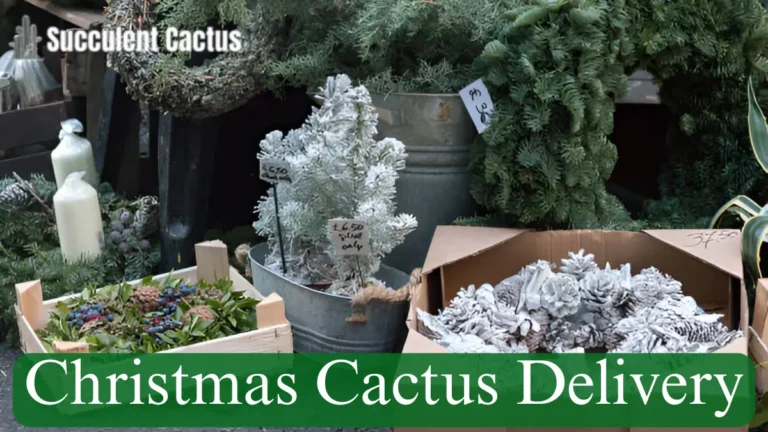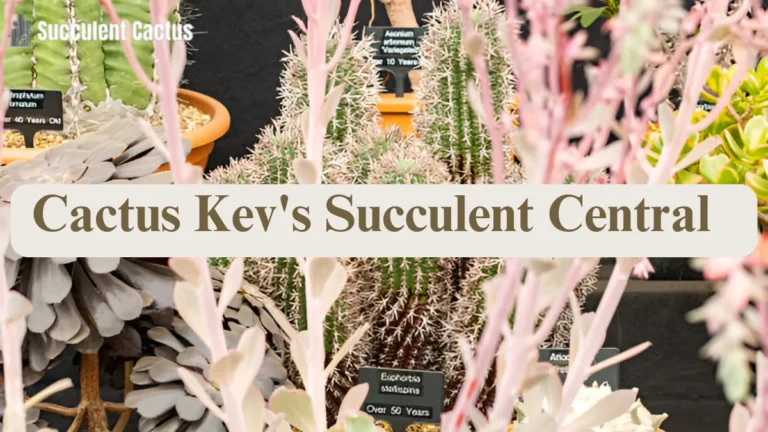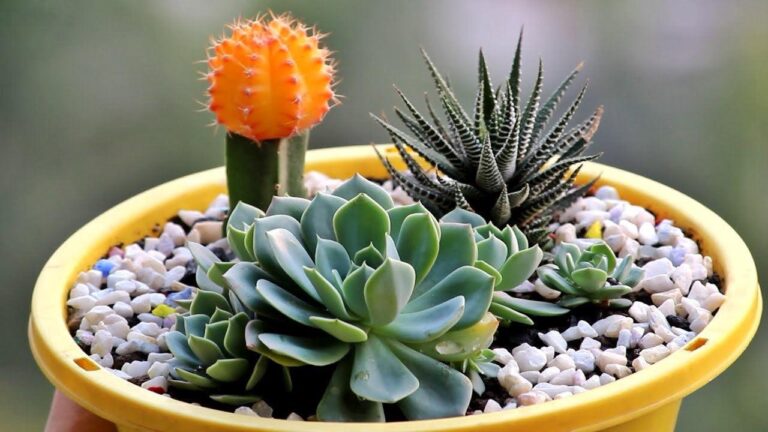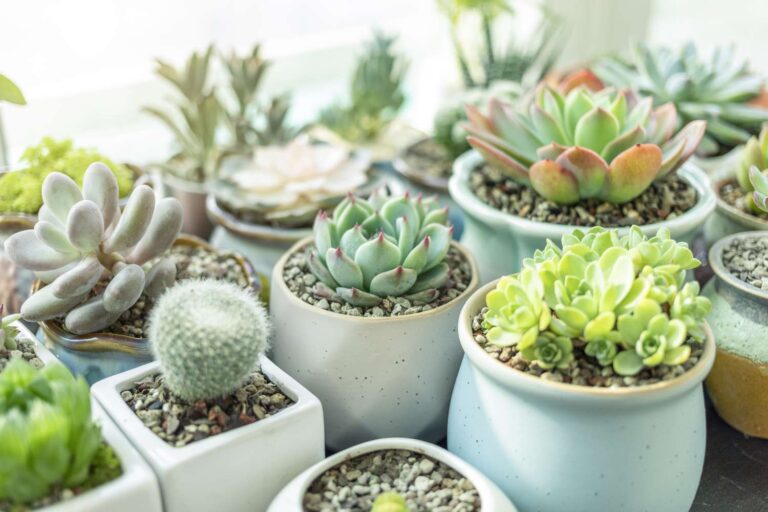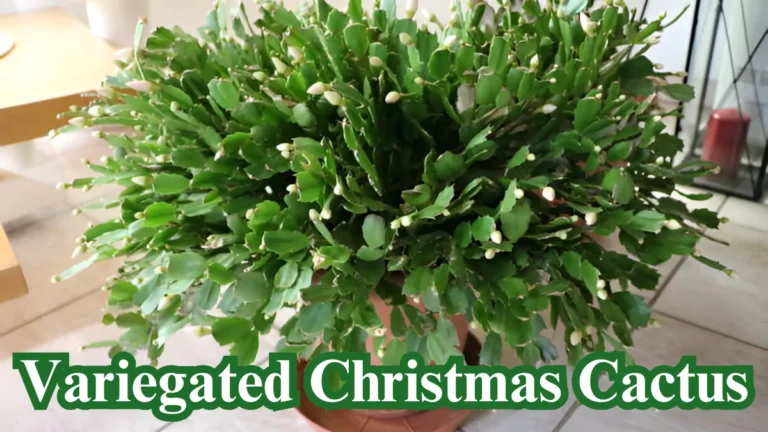Succulent Cacti: Best Varieties for Indoor and Outdoor Spaces
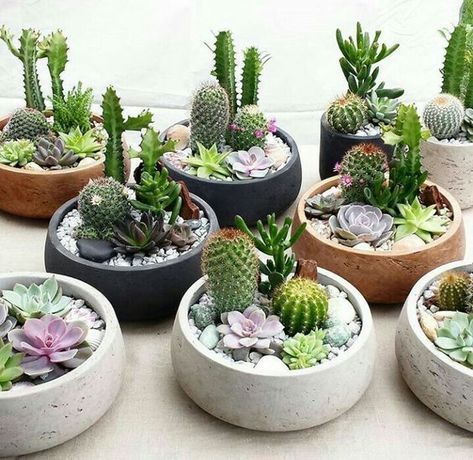
Succulent Cactus are among the most popular plants for both indoor and outdoor spaces. Their unique appearance, low maintenance needs, and resilience make them the perfect choice for gardeners, especially those new to succulent care. This comprehensive guide explores the best varieties of succulent cacti and offers expert tips on how to grow and care for them, whether you plan to display them indoors or in your garden.
What Are Succulent Cacti?
Before diving into specific varieties, it’s essential to understand what defines a succulent cactus. These plants are a type of cactus that retains water in their fleshy stems or leaves, which is why they thrive in arid environments. Unlike traditional cacti, succulent cacti often have a thicker and more fleshy texture, making them an excellent choice for indoor pots or outdoor landscaping.
Benefits of Growing Succulent Cacti
Succulent cacti are not just visually striking; they also offer numerous benefits:
- Low Maintenance: Once established, succulent cacti require minimal care, making them perfect for people with busy schedules or those new to gardening.
- Adaptability: They thrive in various environments, both indoors and outdoors, as long as their basic needs—sunlight, warmth, and good drainage—are met.
- Unique Aesthetic: With their varied shapes and sizes, succulent cacti can add an intriguing focal point to any room or garden.
Best Indoor Succulent Cactus Varieties
When choosing succulent cacti for indoor spaces, it’s important to consider the amount of natural light and humidity in the room. Here are some of the best varieties for indoor environments:
- Christmas Cactus (Schlumbergera)
The Christmas cactus is one of the most popular indoor succulent cacti due to its vibrant, colorful blooms during the holiday season. Unlike most cacti, it prefers indirect light and humidity, making it perfect for homes with moderate conditions. - Bunny Ears Cactus (Opuntia microdasys)
This unique succulent cactus gets its name from the shape of its pads, which resemble a rabbit’s ears. It’s a hardy indoor plant, needing bright light and occasional watering. Be cautious of its tiny spines that can be easily overlooked. - Zebra Cactus (Haworthia fasciata)
Though not a true cactus, the zebra cactus is often classified as a succulent cactus due to its similar care requirements. Its unique stripes make it a visually appealing addition to indoor spaces, thriving in moderate light and minimal water. - Astrophytum (Star Cactus)
The Star Cactus is another great choice for indoor spaces. Its distinct star-shaped appearance makes it stand out in any setting. It prefers bright, indirect light and infrequent watering, making it ideal for novice gardeners. - Prickly Pear Cactus (Opuntia spp.)
While generally a larger plant, the prickly pear cactus can thrive indoors with proper care. It needs plenty of direct sunlight and well-draining soil. Its bold, flat pads make it a striking piece of decor.
Best Outdoor Succulent Cactus Varieties
For outdoor spaces, succulent cacti should be chosen based on your climate and gardening needs. The following varieties are ideal for outdoor gardens:
- Barrel Cactus (Ferocactus)
The Barrel Cactus is perfect for dry, sunny spots in your outdoor garden. Known for its round, barrel-shaped form, it’s an excellent plant for xeriscaping or desert gardens. It requires full sunlight and very little water once established. - Saguaro Cactus (Carnegiea gigantea)
The Saguaro cactus is iconic for its tall, tree-like structure and is best suited for larger outdoor spaces. While it can be slow-growing, it requires minimal maintenance once established. It thrives in full sun and can handle dry soil conditions. - Cholla Cactus (Cylindropuntia)
Cholla cacti are a unique and fascinating choice for outdoor succulent gardens. They feature cylindrical stems and are known for their spiny, almost skeletal appearance. These cacti require a sunny location and well-drained soil. - Echinocactus Grusonii (Golden Barrel Cactus)
Often referred to as the “Golden Barrel,” this cactus features large, spherical bodies covered with golden spines. This succulent cactus thrives in full sun and requires little water, making it a perfect addition to a low-maintenance outdoor garden. - Teddy Bear Cactus (Opuntia bigelovii)
Known for its dense, fuzzy spines, the Teddy Bear cactus makes an interesting addition to any outdoor garden. It thrives in full sun and is resistant to drought, making it a low-maintenance option for hot, dry climates.
How to Care for Succulent Cacti: Essential Tips
Whether you’re growing succulent cacti indoors or outdoors, proper care is essential to ensure they thrive. Here are some essential tips:
1. Lighting Needs
Succulent cacti require plenty of sunlight to stay healthy. For indoor plants, place them in a location where they receive direct sunlight for several hours each day. Outdoors, ensure that the cacti are in full sun to maintain vibrant growth.
2. Watering Practices
Overwatering is one of the most common mistakes when caring for succulent cacti. These plants store water in their tissues and require minimal watering. Water only when the soil is completely dry, and always use well-draining soil to avoid root rot.
3. Soil and Drainage
Use cactus-specific potting mix for indoor plants, or create your own mix by adding sand and perlite to standard potting soil. Outdoors, ensure your garden has well-draining soil, as succulent cacti do not tolerate standing water.
4. Temperature and Climate
Succulent cacti prefer warm temperatures. If you’re growing them indoors, keep them in a space with a temperature range of 65-85°F (18-29°C). Outdoor cacti, depending on the variety, can handle higher temperatures and require protection from frost during the winter.
5. Fertilization
While succulent cacti are not heavy feeders, occasional fertilization during the growing season (spring and summer) can promote healthy growth. Use a balanced, diluted cactus fertilizer to avoid over-fertilizing.
Common Problems with Succulent Cacti and How to Solve Them
Like all plants, succulent cacti can face issues. Here are some common problems and solutions:
- Yellowing or Soft Leaves
This is often a sign of overwatering. Allow the soil to dry completely before watering again, and make sure your cactus has good drainage. - Spots or Discoloration
Discolored spots can be caused by pests, sunburn, or fungal infections. Inspect your plant for pests, and ensure it’s receiving the proper amount of sunlight. - Leggy Growth
If your cactus starts growing tall with sparse leaves, it might be a sign that it’s not getting enough sunlight. Move it to a sunnier spot.
Creative Ways to Display Succulent Cacti
Succulent cacti are not just low-maintenance, but also striking plants that can enhance your decor. Here are some creative ways to display them:
- Terrariums
Create a small, glass-enclosed garden using a mix of succulent cacti and other plants. It’s a perfect way to add greenery to smaller indoor spaces. - Hanging Planters
Many succulent cacti do well in hanging planters, making them perfect for adding vertical beauty to your home or garden. - Garden Beds and Borders
Use succulent cacti in your garden beds to create a stunning, low-maintenance landscape. Combine different types for a visually dynamic display.
Conclusion
Succulent cacti are an excellent choice for gardeners looking for easy-to-care-for plants that offer unique beauty. Whether you’re adding them to your home’s interior or creating an outdoor succulent garden, these plants are adaptable and resilient. With the right care and attention, your succulent cactus collection will thrive and become a striking feature of your space.

